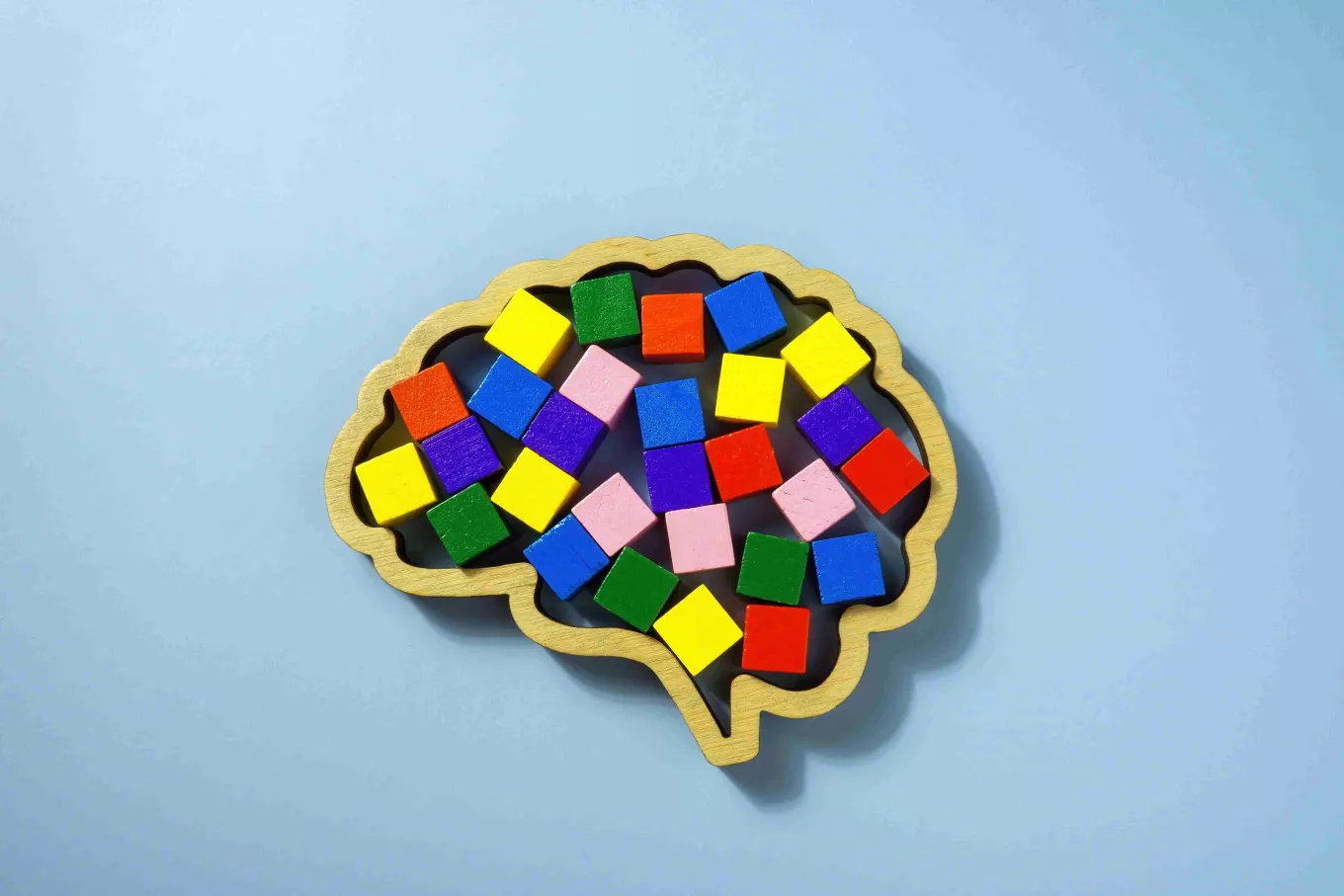
5 myths that you need to know about neurodiversity in the workplace
28 May 2025
Neurodiversity awareness is a necessity, and it looks like more workplaces are acknowledging it.
Proof is in the significant increase of Google searches for phrases like dyslexia at work (120%), ADHD workplace (91%), and autism workplace (86%), among others.
Moreover, studies have shown that more diverse teams have higher productivity and better business decisions. For instance, major global companies like Microsoft, IBM, and Pluxee have incorporated DEI initiatives into their hiring strategies, and this has paved the way for employee engagement, creativity, innovation, and ultimately, better profit margins.

Neuroinclusion in a nutshell
In 2017, sociologist Judy Singer coined the term to refer to people who have differently wired nervous systems. This manifests in different ways, from the way they understand the world to their motor skills and movements. Some characteristics can also overlap and coexist within one individual. While there are many types, the most common ones are dyslexia, ADHD, dyspraxia, and autism.
Read more here: Why neuroinclusion in the workplace matters
In fact, 1 in 7 people are neurodivergent worldwide. Despite this, many misconceptions continue to persist. When left to fester, non-inclusiveness at work can lead to discrimination and underperformance. In this blog, we shed light on neurodiversity workplace myths that we need to break.

Myth 1: Neurodivergent individuals are similar
Just like every person is unique and sits at different levels on the cognitive spectrum, each neurodivergent individual’s needs and strengths can’t all be lumped into one.
For instance, while dyslexics struggle with reading and written communication, they often excel at pattern recognition. Meanwhile, individuals on the autism spectrum may find social communication challenging but excel at attention to detail.
Regardless of differences, the skills and challenges that each neurodivergent employee faces deserve equal attention.
Read more here: Why embracing neurodiversity is your workplace’s next competitive advantage

Myth 2: Neurodivergent individuals can’t succeed at work
Bill Gates had an entrepreneurial vision to advance technology with Microsoft. He built his multi-billion-dollar empire with perseverance and grit, yet he was also open with his ADHD struggles.
This only shows that while neurodivergents may have difficulty concentrating or adapting to change, these hurdles are no dead-end. In fact, they can even have higher productivity levels compared to neurotypical employees.
Moreover, despite the misconceptions about their capacity to lead, neurodiverse individuals have a heightened emotional quotient—which is essential for leadership roles and is a make-or-break trait that:
- Helps leaders successfully coach their teams
- Aids in collaboration
- Enables helpful feedback
- Gives the ability for one to manage stress and own emotions better
- Influences the emotions of people around them better
Read more here: How to create a safe space in the workplace

Myth 3: Neurodivergent people lack intelligence
A different way of thinking or seeing the world does not mean neurodivergents are any less capable.
For instance, those with dyspraxia shine in problem-solving and out-of-the-box ideas despite their difficulty in motor coordination or spatial awareness. Moreover, many neurodivergent individuals excel in creativity and analytical thinking.
New perspectives can push your organization forward. Tap into their potential and you’ll be pleasantly surprised with what they can bring to the table.

Myth 4: Neurodivergent employees are a liability
A study conducted by Milliken shows that unemployment rates among neurodivergent people can go as high as 40%. However, the world of work is shifting its gears.
Nowadays, DEI is no longer an option but a necessity.
With the right support, neurodivergent employees can be an incredible asset to any business. The adjustments made don’t have to be huge either. It’s all about fostering an inclusive workplace that values trust and respect where everyone is empowered to do their best.

Myth 5: Neurodivergent individuals can’t work well in teams
Collaboration is an essential ingredient to a thriving workplace. It becomes even better when employees from different departments, varied ways of seeing the world, and diverse personalities come together, especially cross-functional projects.
That said, this debunks the myth on neurodivergents not being good team players. In fact, their approaches and perspectives can complement those of other team members, leading to more innovation. Plus, it amps up the productivity factor too. Research from HR Future shows that teams with neurodivergent professionals are 30% more productive than those without.

Ways to support
-
Take stock of your current working environment and policies
Make an audit of your organization’s policies on flexible working hours, remote work options, ergonomic equipment/tools, and office layout. Then, make necessary adjustments. These will make a world of difference to your neurodivergent employees.
-
Accommodate neurodiversity in hiring and invest in neurodiversity training
How intentional is your organization when it comes to DEI? It all starts with considering neurodiversity in hiring and then building awareness about it. Help your people understand their needs to be able to give them the right kind of support.
-
Trust your people to work in a way that suits them best
The 21st century workplace is all about fostering mutual respect. Give your neurodivergent employees room to thrive in the way they know best. Be more forgiving with rigid structures or traditional ways of working, and let the results speak for itself.
Pro-tip: Reward top performers regularly with Pluxee Gifts and recognize their efforts among peers with our Rewards & Recognition platform.
Building a culture of inclusivity starts with us. Do it with Pluxee, your global partner in employee experience. Book a free consultation here to continue the conversation.





